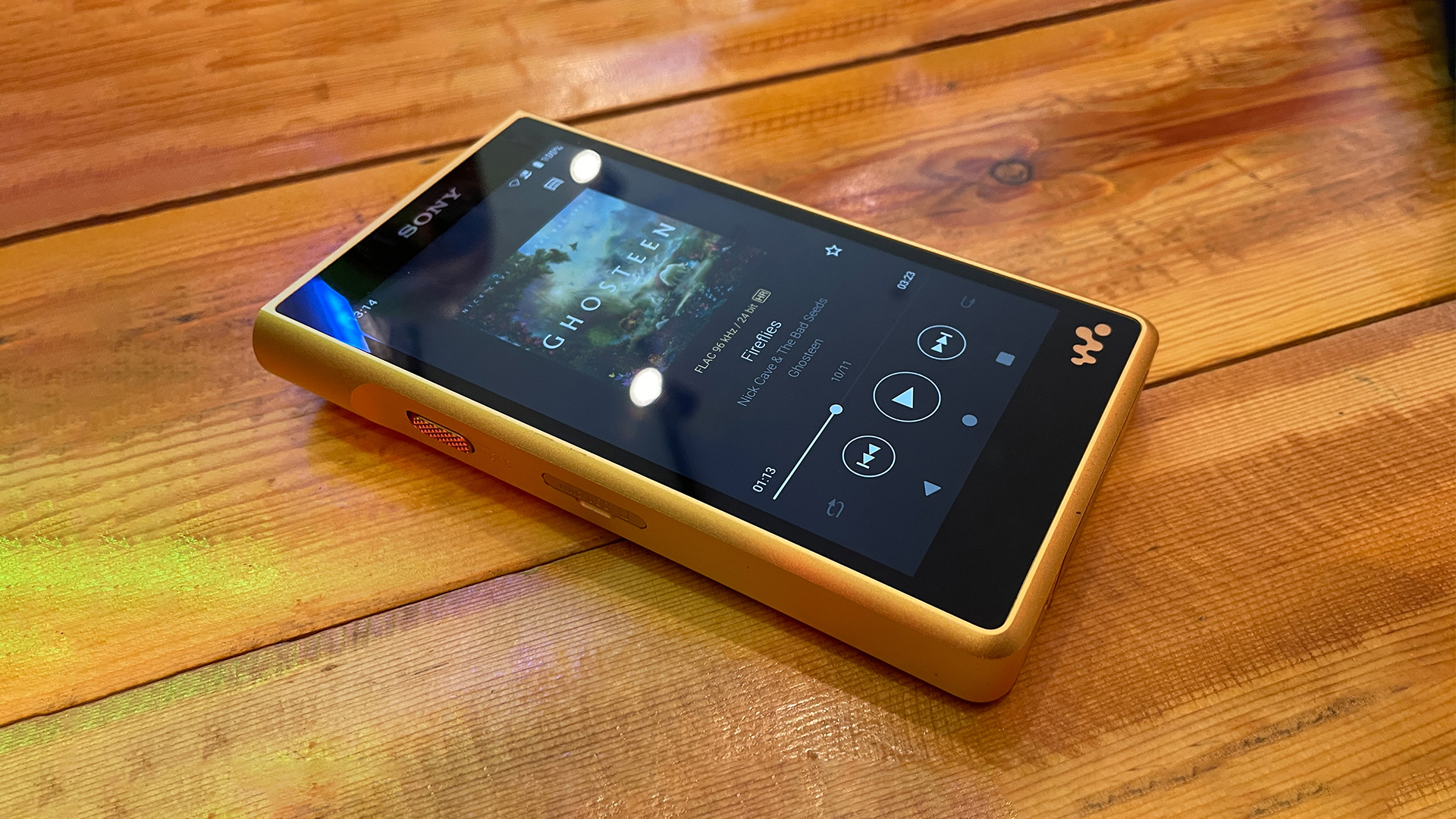What Hi-Fi? Verdict
The Sony NW-WM1ZM2 is a deeply impressive performer in many ways but its limited output power and clunky nature let it down
Pros
- +
Impressive clarity and detail resolution
- +
Natural midrange
- +
Sonic control and composure
- +
Terrific build and finish
Cons
- -
Surprisingly limited loudness capability so needs careful partnering with headphones
- -
Oddly clunky to use
Why you can trust What Hi-Fi?
We just happened to be reading a Steve Jobs biography the other day. Among all the interesting insights and anecdotes, we came across a story about the original Apple iPod. It is said that throughout the development of this landmark music player, Jobs feared that Sony would get to the market first with this type of product.
It is easy to understand his logic. The Japanese brand had obvious expertise in audio and computing – and what is a personal music player if not a portable computer dedicated to sound – but crucially it was also a music company. Factor in the allure of the hugely successful Walkman sub-brand, and Sony, perhaps uniquely of all the electronics giants, already possessed everything it needed to produce a rival machine to the iPod and develop the ecosystem needed to make it work.
History shows that Sony didn’t join those dots, and never managed to transfer its success with the cassette Walkman into the digital age. The iPod? Well, everyone knows what happened to that. Still, Sony did go on (much later) to make a decent fist of digital music players, but for us at least, it is the company’s more premium models that have shone the brightest. Despite having some issues, the impressive new NW-WM1ZM2 player on test here is a fine example of what happens when Sony aims for the stars.
Build
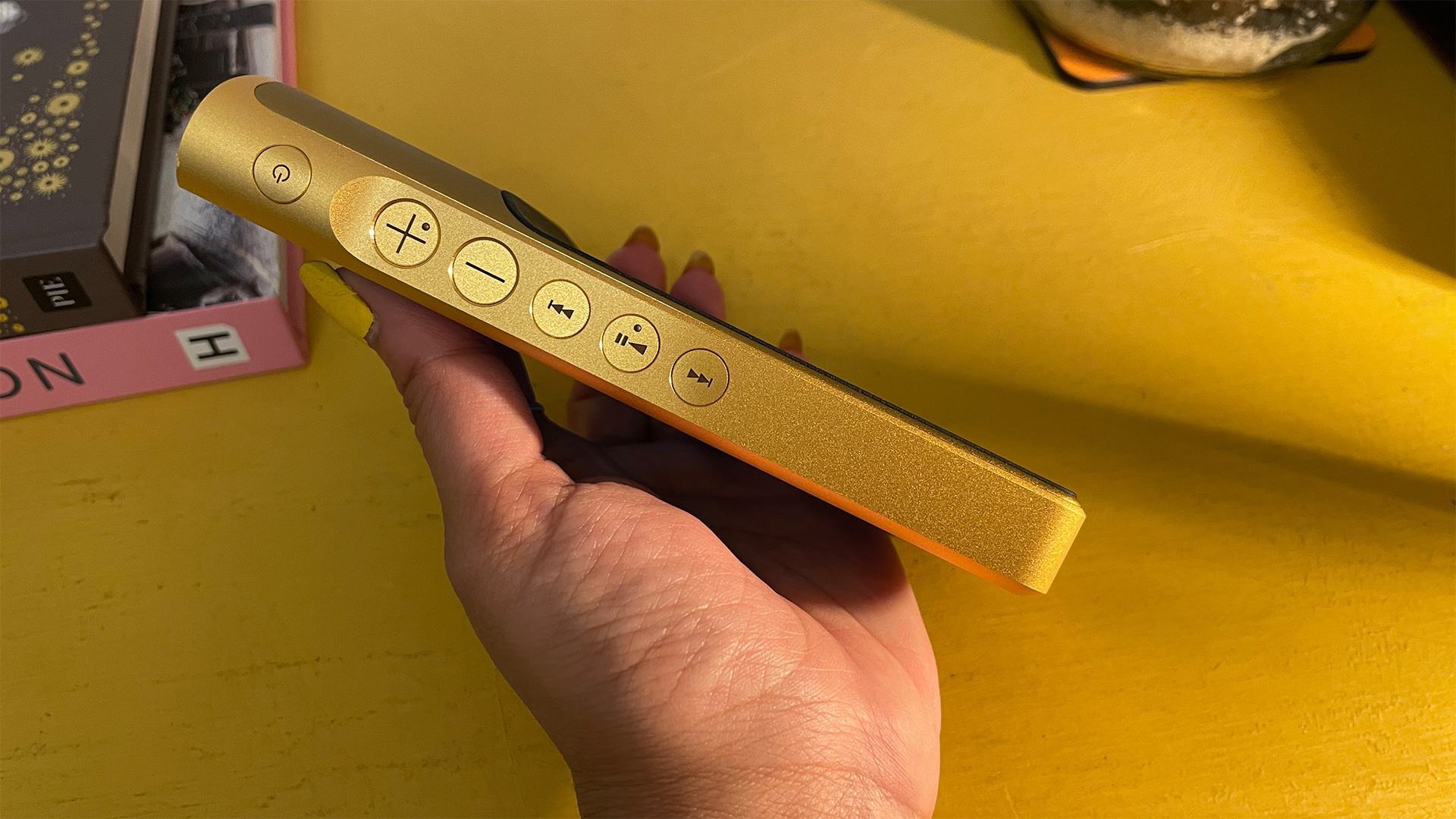
The Sony NW-WM1ZM2’s price (£3299 / $3699 / AU$4999) puts it at the top end of the market as far as portable music players are concerned. Take a close look and it doesn’t take long to see where the money has been spent. While the gold plating on the casework grabs the headlines, this interests us less than the high-purity oxygen-free copper chassis it adorns. Sony’s engineers experimented with copper of different purities and found that the 99.99 per cent variant sounded best, citing better digital grounding and improved rigidity as the benefits.
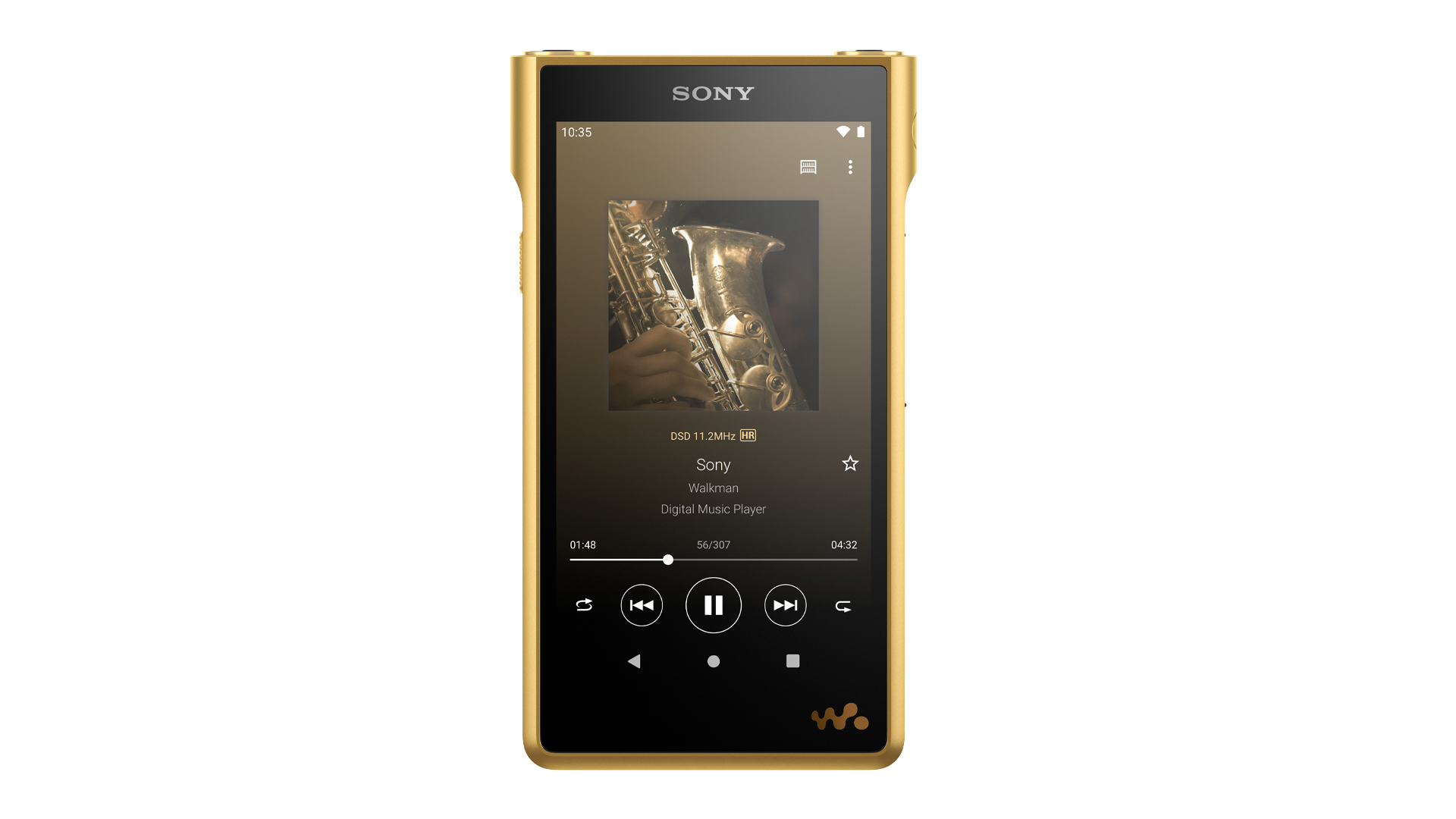
Max file support PCM 32-bit/384kHz, DSD 11.2MHz
Operating system Android 11
Headphone outputs 3.5mm jack, 4.4 Pentaconn balanced
Casing Gold-plated OFC copper
Built-in memory 256GB (215GB usable)
Mirco SD slot? Yes
Claimed battery life Approx 18 hours
Dimensions (hwd) 142.5mm x 80.5mm x 21.0mm
Weight 490g
Let us hope that the copper chassis brings big sonic improvements, as it accounts for a large part of the NW-WM1ZM2’s hefty price. The step-down model in the range, the aluminium alloy-cased NW-WM1AM2, shares most of the specifications and engineering of this range-topper but costs only a third as much. Sure, the cheaper model only has half the internal storage capacity – 128GB VS 256GB – but the shared ability to accept a microSD card nullifies that advantage. The pricier model also uses more exotic cable to connect its amplifier module to the 4.4mm balanced headphone output, but pretty much everything else looks the same. The proof, as ever, is in the listening.
Build quality, as far as the hardware goes, is impeccable. The NW-WM1ZM2 is superbly made and feels reassuringly solid in the hand. Every control works with absolute precision, particularly the control buttons on the right-hand edge (as viewed from the front). Given the use of dense copper in the case, it is no surprise that this is a chunky thing at 490g. It is about as big as a typical smartphone but around twice as thick. The display is a crisp 5-inch LCD screen with a resolution of 1280 x 720 pixels.
Features
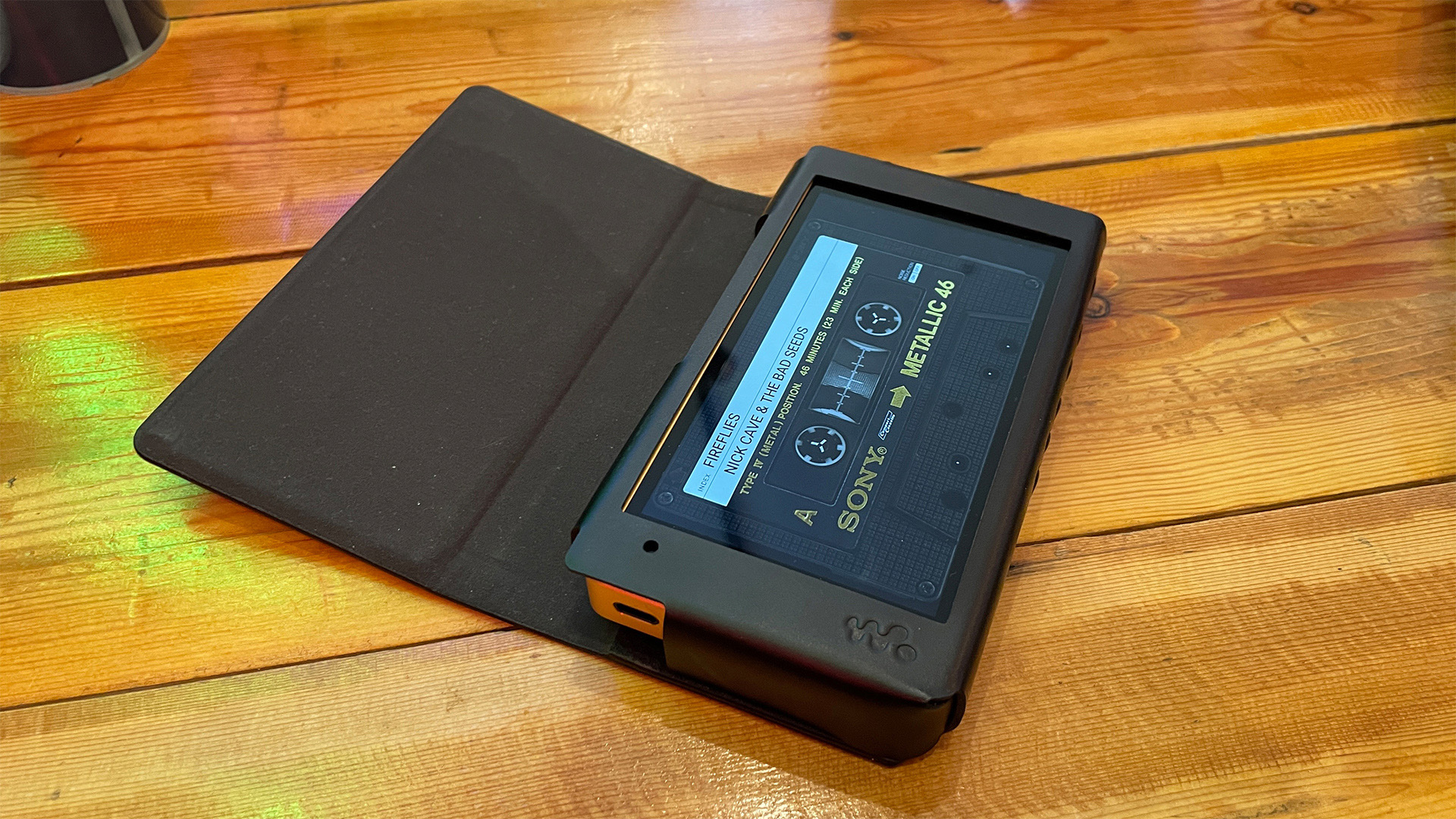
Inside the NW-WM1ZM2 you’ll find Sony’s S-Master HX digital amplifier technology that’s specially optimised for the Walkman. Great care has been taken in every part of the circuit design from the use of high-grade capacitors and low dielectric circuit boards (where the locating holes for components are pre-loaded with copper) to the use of special solder that contains gold. This is obsessive stuff in the extreme with extensive copper shielding of the digital block, generously specified power supplies and dedicated crystal oscillators for the multiples of 44.1kHz and 48kHz sampling rates to ensure clock stability.
The NW-WM1AM2’s USB-C connection accommodates charging and input – apart from downloading music from your computer, the NW-WM1ZM2 can also work as an outboard DAC. Sony claims an 18-hour battery life with an empty to full charge taking 4.5 hours. Battery life claims are vague at best, with much depending on how demanding the connected headphones are, and the volume level set. Even the file type has an effect, with DSD files using up power three times as fast as 128kbps MP3s. We used a wide range of files during testing and typically got less than 10 hours.
There is a choice of headphone outputs. You can use the standard 3.5mm socket or the balanced 4.4mm Pentaconn connector. We tried both outputs with the same pair of headphones and there are certainly benefits in terms of clarity, precision and dynamics by going the balanced route. But, they are fairly small and if the best headphones you have only have a 3.5mm connection, use those. The benefits of a balanced connection don’t outweigh absolute headphone quality for us.
This player runs on an Android 11 operating system and can be used to do everything a smartphone does bar making phone calls. You can watch YouTube or answer emails, for example, and download the likes of Tidal, Deezer and Spotify to your desire. Pretty much anything on the Google Play Store is fair game.
On the surface, all that versatility seems like a good thing, but we’re not convinced. Anyone willing to spend this amount of money on a portable music player values music replay above all else. They, in all likelihood, already have a smartphone, so all that other functionality is already taken care of, and the last thing anyone deeply engrossed in listening to music wants is a random notification or similar interrupting their enjoyment. Of course, notifications can be switched off, but we think this kind of unit makes the most sense when it concentrates on music replay and nothing else.
Our view is reinforced by the clunky way the NW-WM1ZM2 works when we swap between apps or use the touchscreen in general. Too often it's the kind of slow and stuttering experience early Android phones used to suffer from, and is a world away in terms of slickness from current phone flagships, including those from Sony. There is no excuse for this given the unit’s price.
Compatibility
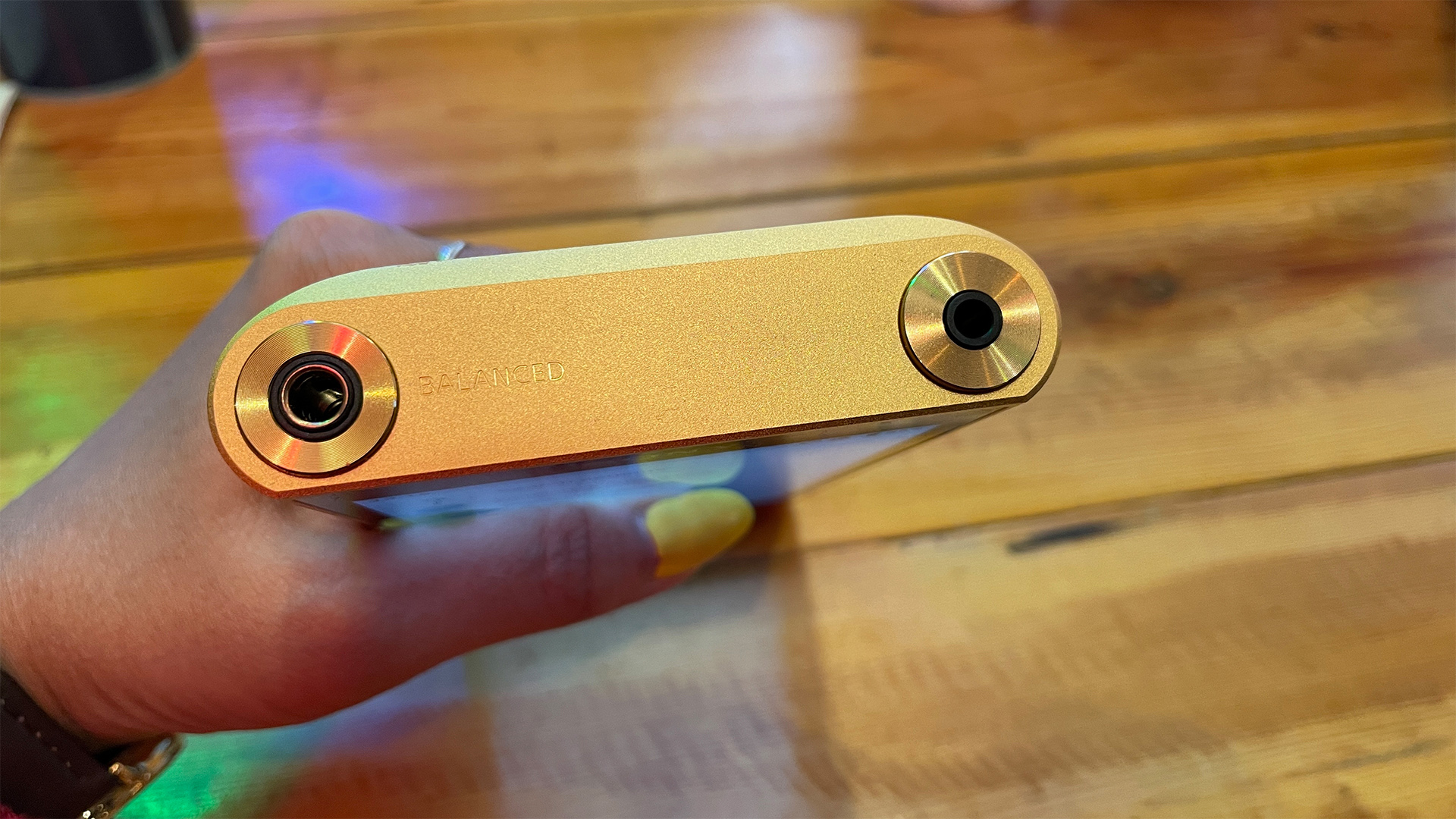
That’s not our only issue with this product. Ours is a European-spec sample, which means its power output levels are limited compared to those available in other parts of the world. This is part of an admirable drive to protect the hearing of the user, but the problem is that the NW-WM1ZM2 simply doesn’t go loud enough with the majority of high-quality headphones we try. Note, we generally don’t listen at particularly high levels as a rule, because we understand how easily our hearing can be damaged.
It was surprising just how many of our favourite high-end headphones – Focal Utopia, Beyerdynamic T1 Mk 2 and even Sony’s own MDR-Z1 – struggled to reach the kind of normal listening levels we wanted. It is an issue compounded when we listen to older tracks that are naturally recorded at lower levels than more modern recordings. We’ve never had such an issue before, certainly not with the Astell & Kern SP2000 or Chord 2go/Hugo 2 combination that are direct rivals to this Sony.
Sound
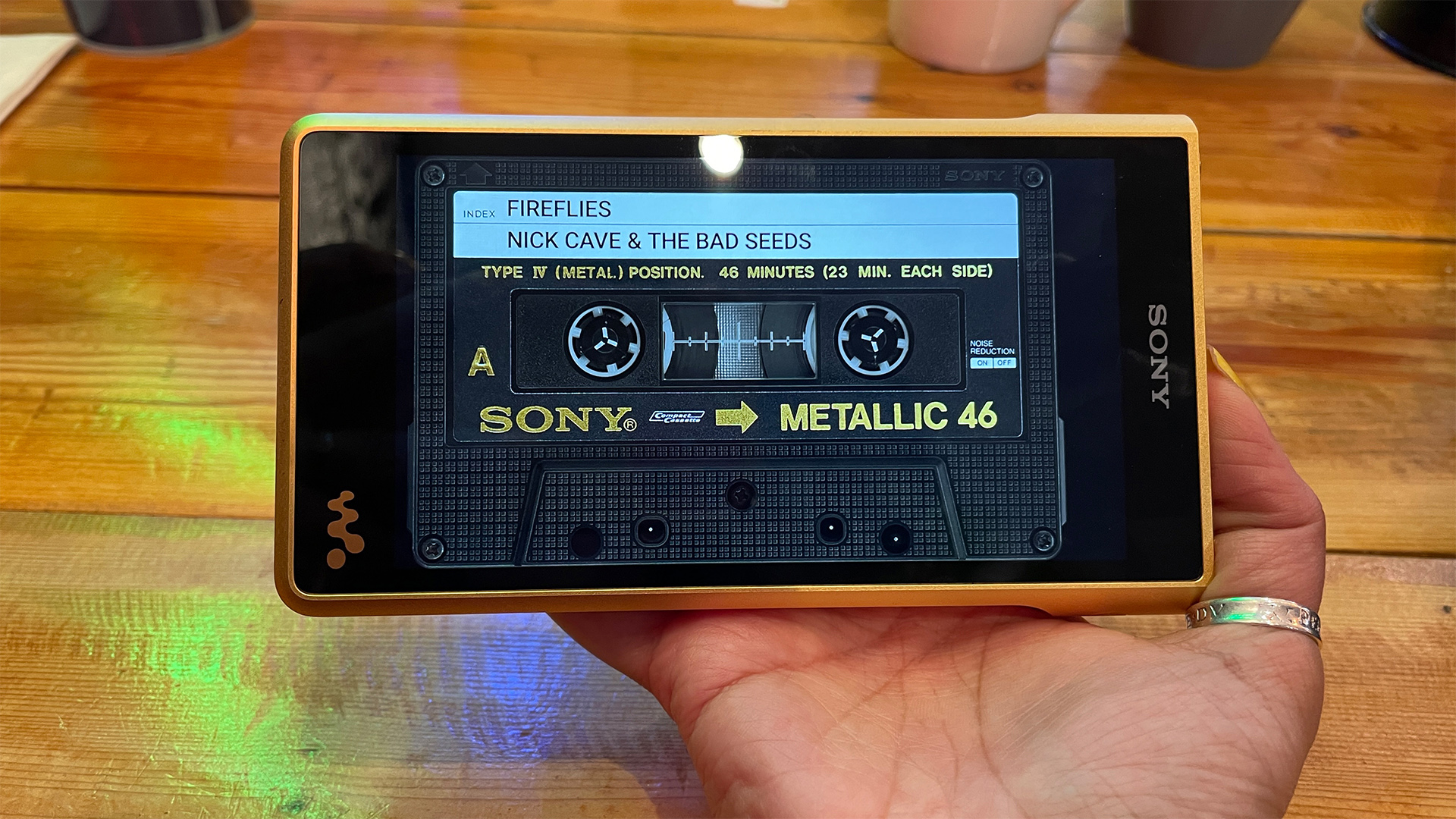
Put volume levels to one side, which you mostly can do if you partner the NW-WM1ZM2 with care, and you’ll be greeted with a sonic performance that is deeply impressive. All that engineering effort can be felt in the way this player resolves the layers of instrumentation in Stravinsky’s The Rite Of Spring (16-bit/44.1kHz). The Sony delivers an impressive blank background for the music, which points to very low noise levels, and renders instruments with breathtaking precision. Leading edges of notes are crisp without sounding edgy and there’s an overriding feeling of control and composure. This is a player that never sounds stressed or flustered no matter how demanding the music gets.
Initially, we felt that the NW-WM1ZM2’s presentation erred towards leanness, but giving it a chance to settle – staggeringly long at over 100 hours – made the presentation more full-bodied and substantial. Even so, the class leaders at this level typically produce a richer, more robust presentation that sounds more dramatic.
We’re pleased with the sense of spaciousness the Sony imparts, and the fluidity in its presentation. There are many sound modes on this player, from one that tries to emulate the warmth of vinyl to another that changes the phase of low frequencies to give the character of an analogue amplifier – remember the internal S-Master amp is digital. We try the full range of modes but in the end we only like using the Direct option and the one that converts all PCM signals to DSD during the digital-to-analogue process. The choice between the two modes comes down to the music being played. Direct is the most insightful, while the DSD mode adds a likeable degree of smoothness and flow to the sound.

We switch to Michael Jackson’s Off The Wall (24-bit/96kHz) and the unit continues to impress. It has a clean and agile sound that works well here. Every instrumental strand is tracked with ease, no matter how complex the music gets. Voices come through with a lovely naturalness and texture, so the energy and passion in Jackson’s delivery comes across well.
The tonal balance is even, with no part of the frequency range gaining undue emphasis. This is a highly polished sound; one packed with refinement, yet still having enough in the way of attack to satisfy. Would we like more rhythmic drive and dynamic punch? Yes we would, though it would be a stretch to say that the NW-WM1ZM2 is lacking in these respects. It is only in comparison to the likes of Chord’s 2go/Hugo 2 pairing that it is clear more is available in these areas.
We switch between different file types from Stevie Wonder’s Innervisions on DSD to The Unthanks: A Restrospective (24-bit/44.1kHz) and the NW-WM1ZM2 moves between them seamlessly. We try the unit as a DAC for our MacBook and it works well. Using Audirvana music software on the laptop, we hear a performance and character that’s consistent with that which the Sony produces as a portable player.
Verdict
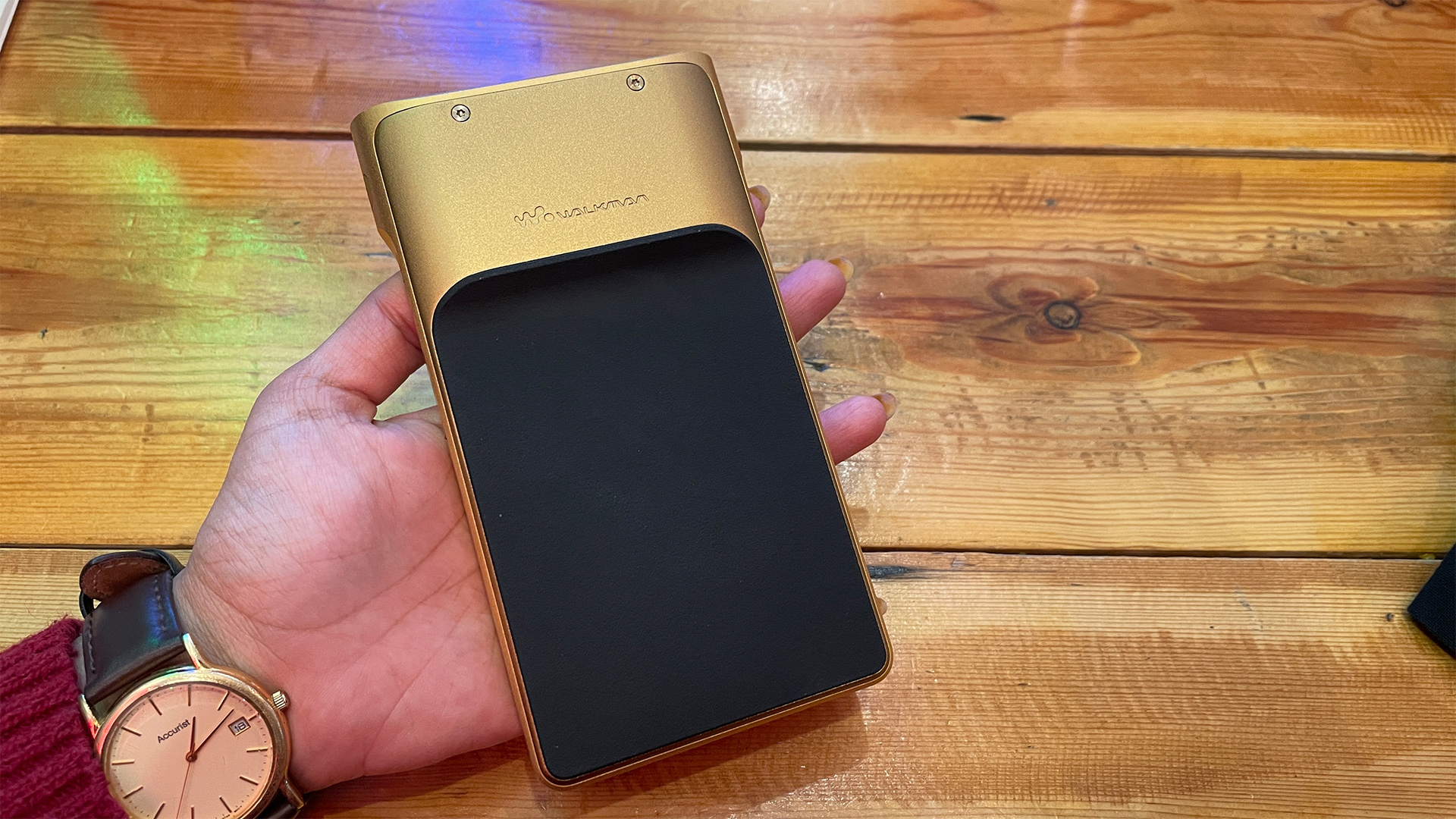
The Sony NW-WM1ZM2 is a cultured-sounding player and beautifully made. It is an immensely capable performer that verges on excellent, even considering the money. Our issue with this product is much more about the limited power output, which means we struggle to use our favourite headphones, as well as the lack of sophistication in the way it works. Sony, by all means improve the sound for the next generation, but what you really need to do is concentrate on making that version better to use.
SCORES
- Sound 4
- Build 4
- Features 5
MORE:
Read our review of the Chord 2go/Hugo 2
Also consider the Astell & Kern SP2000
These are the best portable music players
What Hi-Fi?, founded in 1976, is the world's leading independent guide to buying and owning hi-fi and home entertainment products. Our comprehensive tests help you buy the very best for your money, with our advice sections giving you step-by-step information on how to get even more from your music and movies. Everything is tested by our dedicated team of in-house reviewers in our custom-built test rooms in London, Reading and Bath. Our coveted five-star rating and Awards are recognised all over the world as the ultimate seal of approval, so you can buy with absolute confidence.
-
podknocker £3299 and it's not amazing. I think the days of Sony leading the way with portable music players, have gone.Reply -
JR75 For 3700 US dollars I would expect an excellent DAP - in Every way. The slow software and the low power output would put me off - although possibly the U.S version is not hobbled by the Euro loudness standards. You should have included the headphone impedance of the cans you tried, and if they are high, tried a pair that were still good, but had lower impedance. I would have liked to see the results. After being very disappointed with the A&K Kann Max (which I returned), it is sad to hear Sony is lacking in its high-end DAPs.Reply -
vinman666 The volume limitation has been an issue for the last few iterations of Sony Hi-Res player. I've got the the NW-ZX300 which pre-dated the move to Android and ran a version of Linux. It could be hacked to the Australia region, retaining the English interface but removing the limit. It's a shame as once updated it sounds amazing through the balanced output.Reply -
Gray Reply
1300 quid more than I paid for my (perfectly respectable) car - this thing needs to be 'unbelievably perfect', never mind 'surprisingly flawed' 🤨podknocker said:£3299 and it's not amazing. I think the days of Sony leading the way with portable music players, have gone.
